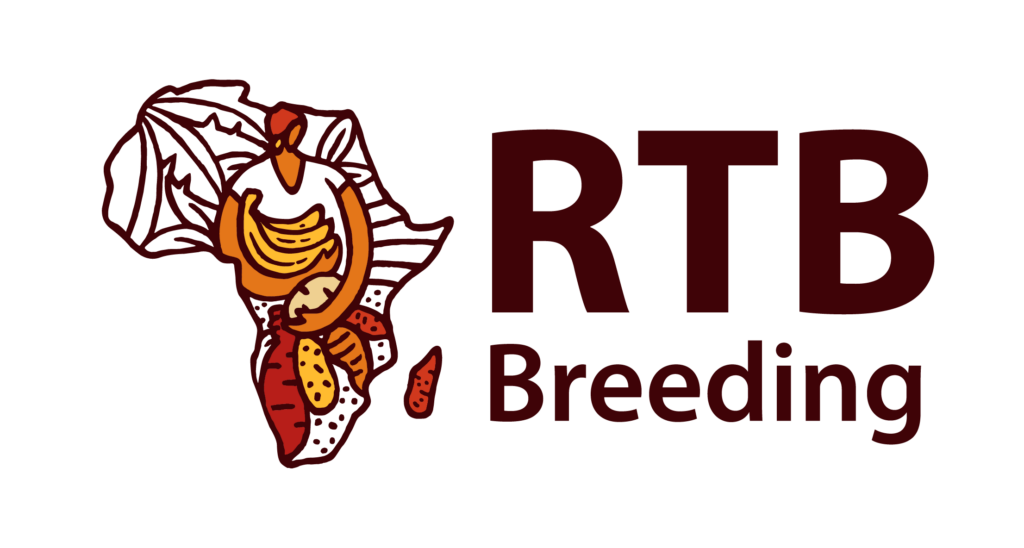As the Phase 1 of the RTB Breeding project is coming to an end, we sat down with Doreen Chelangat, a Sweetpotato Breeder working with National Agricultural Research Organisation (NARO) Uganda to hear her views from the Phase 1.
Can you highlight the most impactful outcomes from your research and how they have contributed to RTB Breeding’s objectives?
RTB-BIIF project has made significant strides in developing high-through put image analysis phenotyping technologies for key agronomic and post-harvest traits in sweetpotato, potato, and cassava. We successfully pretested and implemented imaging protocols for sweetpotato weevil damage, sweetpotato virus disease, potato late blight, bacterial wilt, and cassava post-harvest physiological deterioration (PPD). Notably, we developed the CassavaLens PPD phenotyping tool, which operates offline and supports batch image processing. These advancements contribute to RTB Breeding’s objectives by improving phenotyping efficiency and accelerating breeding gains.
What key challenges did you encounter during the project, and how did you overcome them?
A key challenge was optimizing image capture across different crops and environments while ensuring accurate model training. For instance, early model iterations struggled with background interference, which significantly reduced accuracy. By refining protocols including optimized lighting conditions and background removal techniques we improved prediction accuracy. Another anticipated challenge was data harmonization across institutions, but structured SOPs andcross-learning sessions helped standardize the approaches used.
How do you plan to sustain or expand the impact of your research beyond the funding period, and what support would be beneficial for this?
We want to consolidate and validate our models for possible implementation in routine trait phenotyping in RTB crops to maintain and enhance our impact. To improve usability, applications such as CassavaLens will be extended to other traits to enable breeders to easily extract phenotypic data from the image data sets. Future steps will incorporate hyperspectral imaging to achieve quantitative disease scoring, allowing for more accurate model validation. Capacity-building efforts at the institutional level, like training on image capture and processing, will facilitate wider adoption. Placing high-accuracy models in BreedBase will increase access to these tools for researchers and breeders. Finally, securing additional funding and fosteringcross-institutional collaboration will be essential for scaling these technologies beyond the current project scope.
How was your experience collaborating across different crops, and what insights or synergies emerged from integrating research efforts?
Collaboration across different institutions (NARO, CIP, IITA, North Carolina State University-NCSU and Makerere University) and crops brought diverse strengths in digital phenotyping, enhancing our research outcomes. The cassava team’s prior experience with imaging for cassava brown streak phenotyping and the CIP-sweetpotato team’s use of DigiEye for mealiness evaluation provided valuable insights that helped us navigate potential challenges. Leveraging these experiences allowed us to refine imaging protocols more efficiently. Additionally, expertise from NCSU on drone imaging introduced us to new possibilities beyond tablet-based imaging, broadening our approach to data collection. The combined expertise across crops and institutions significantly strengthened our methodologies, ensuring the feasibility and success in the project.
